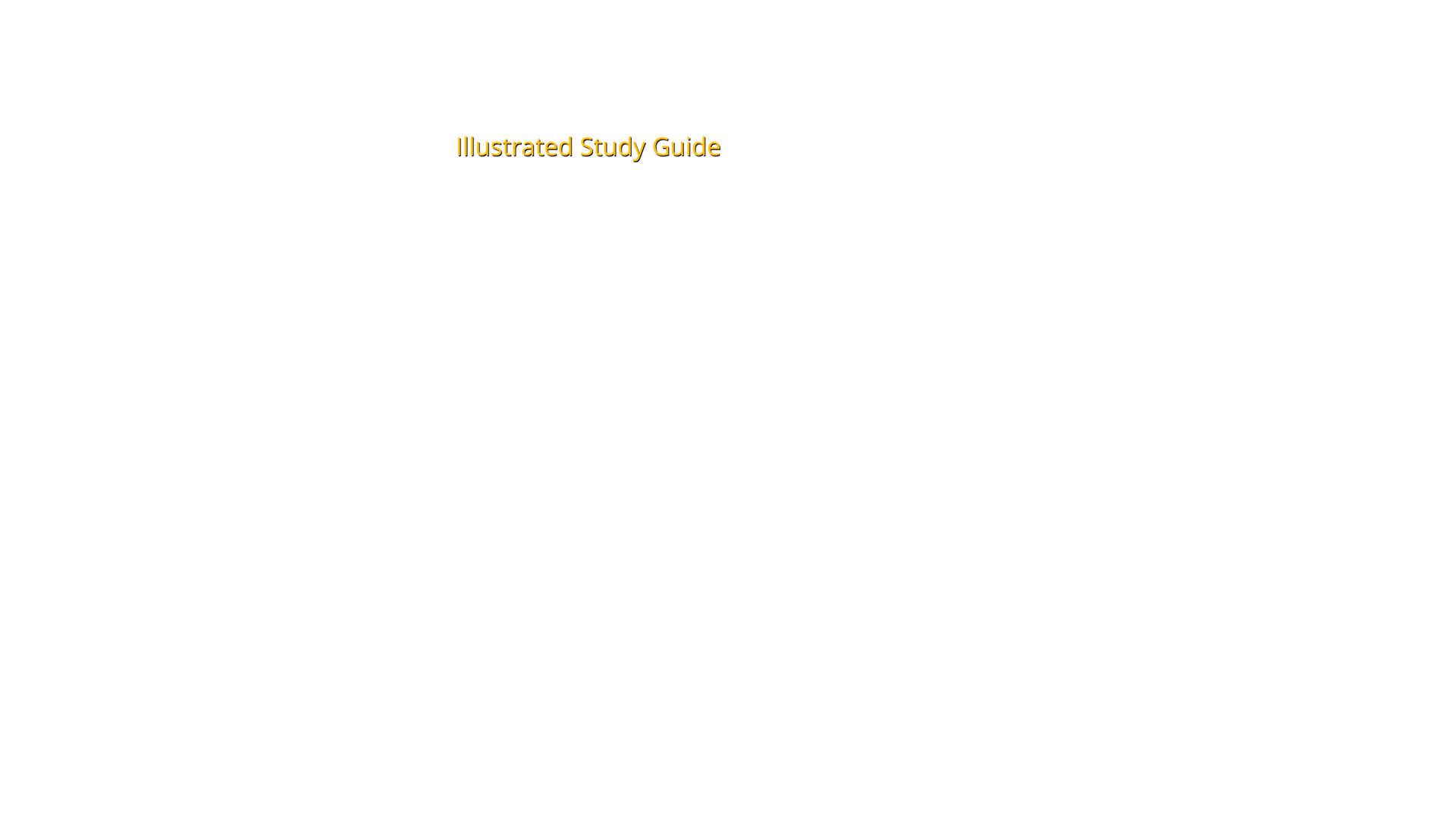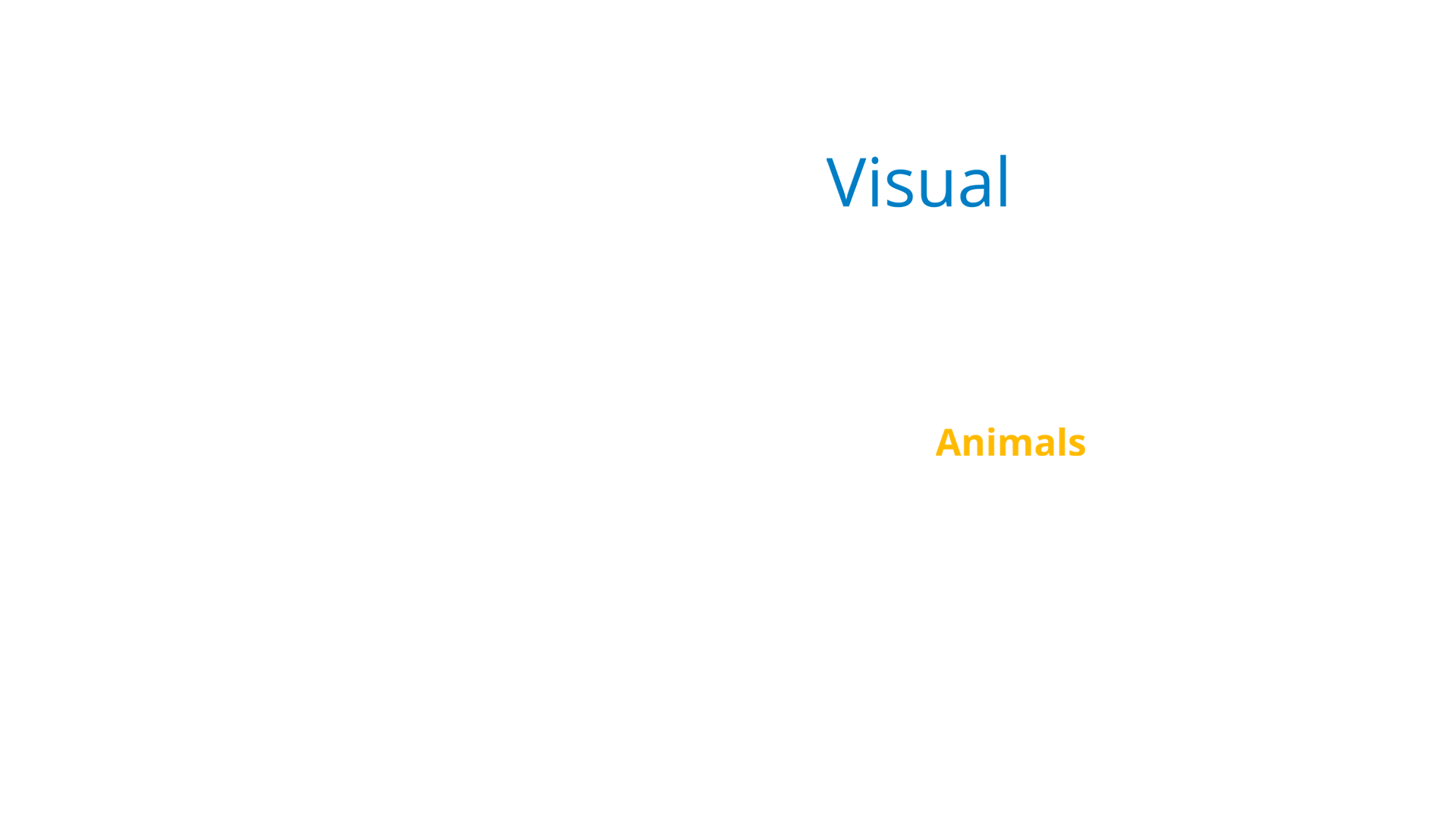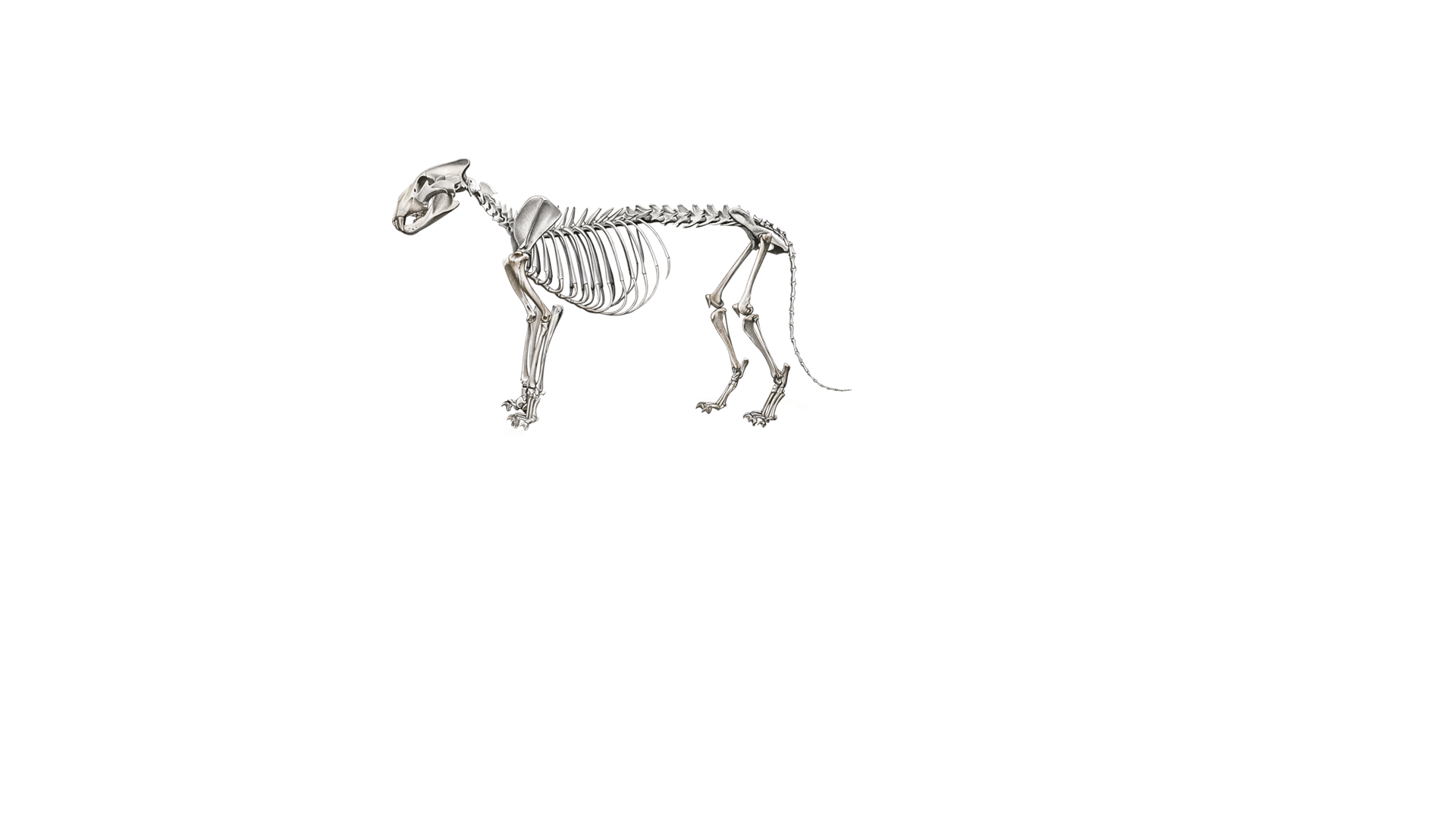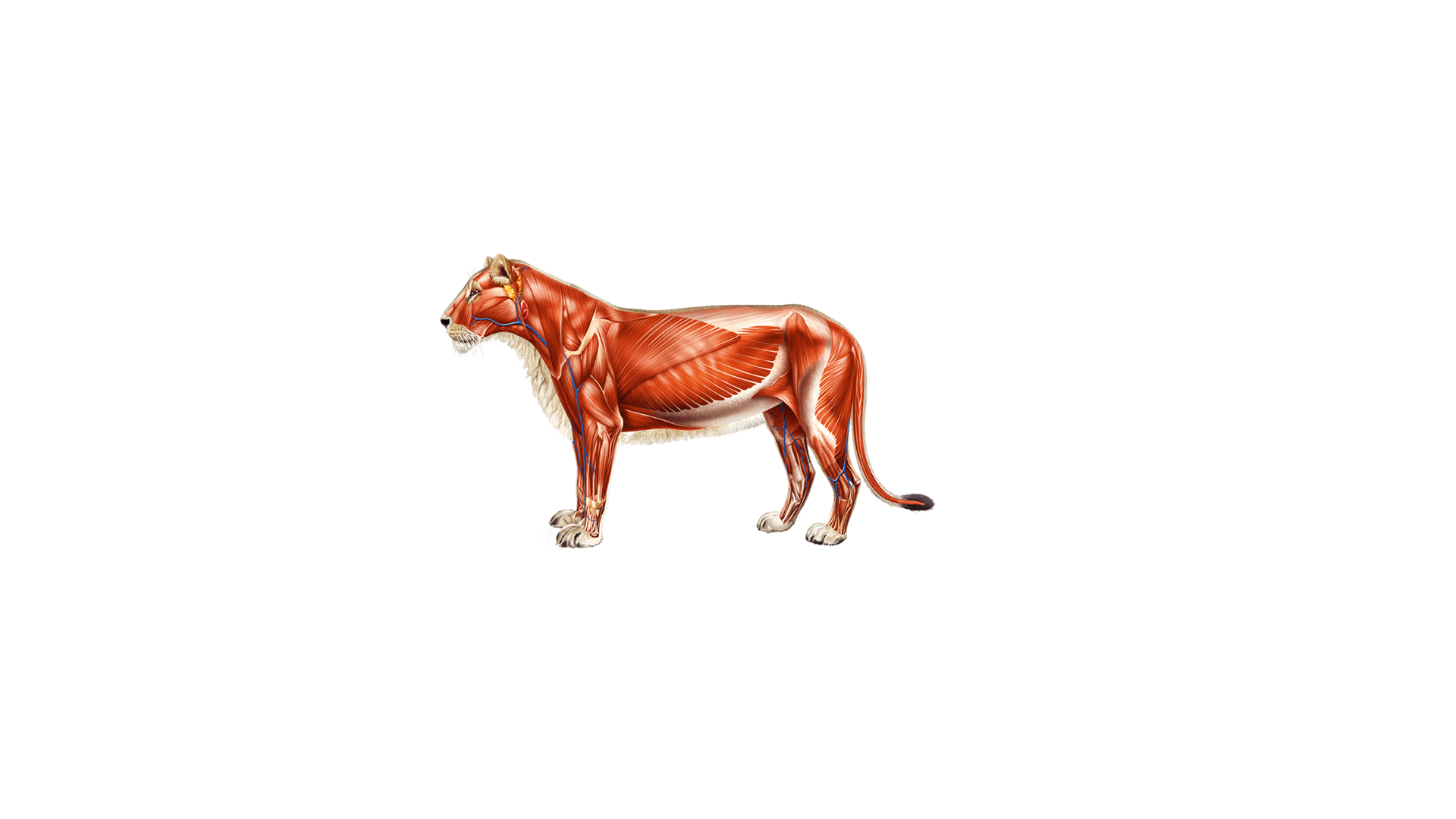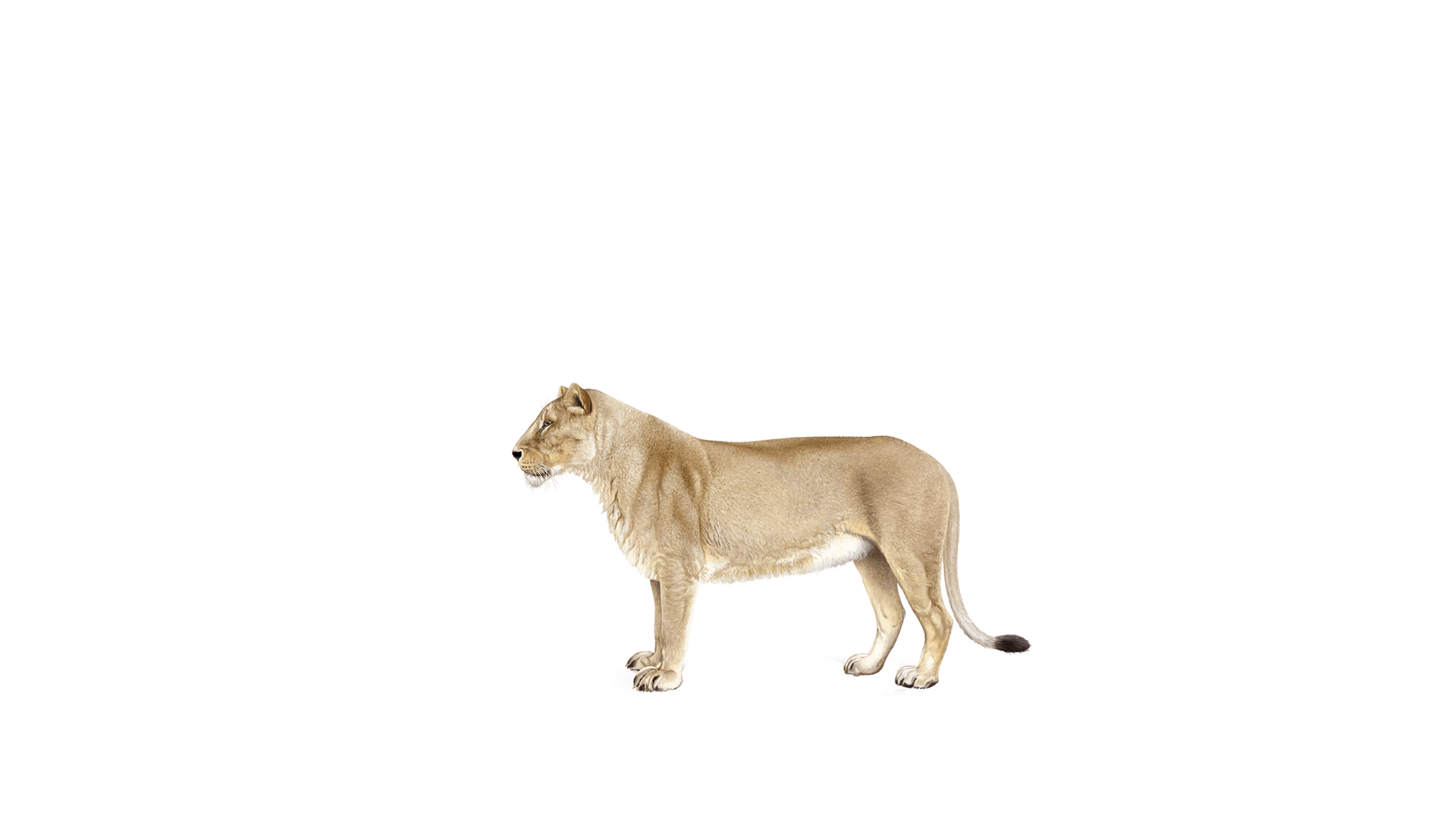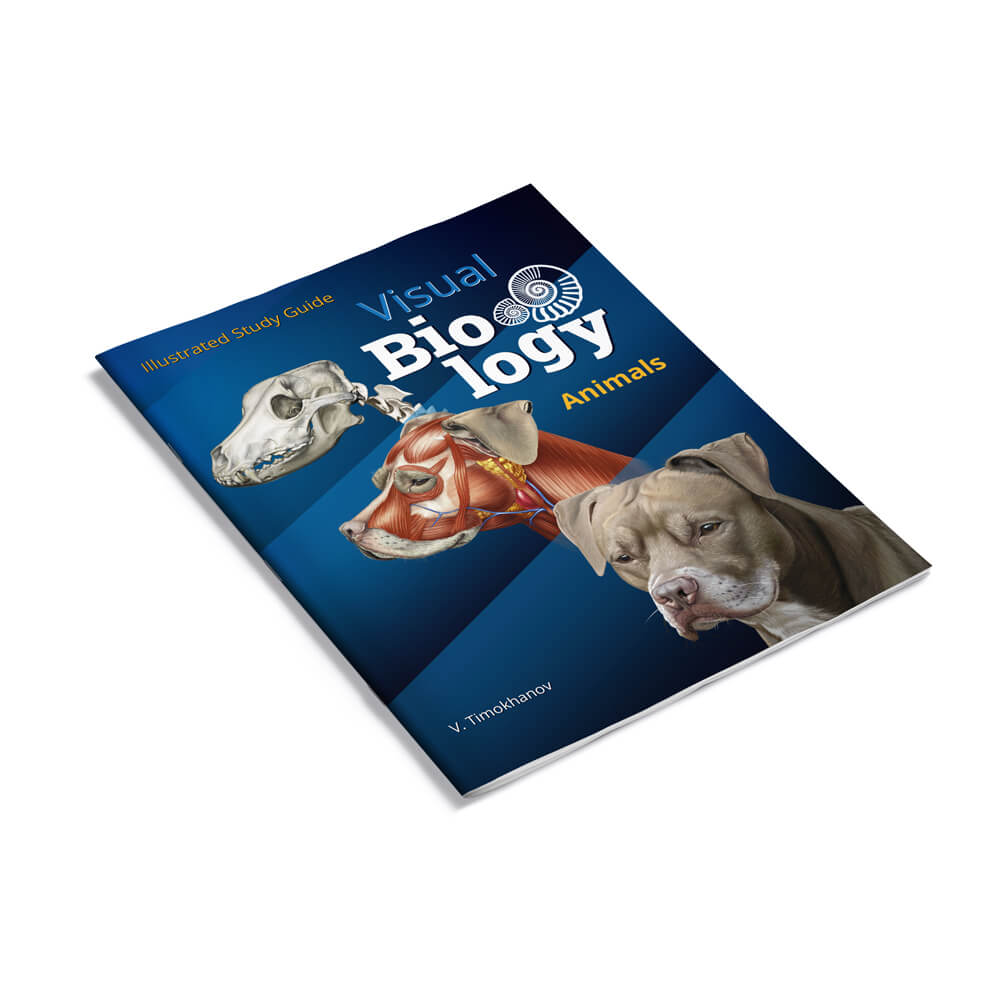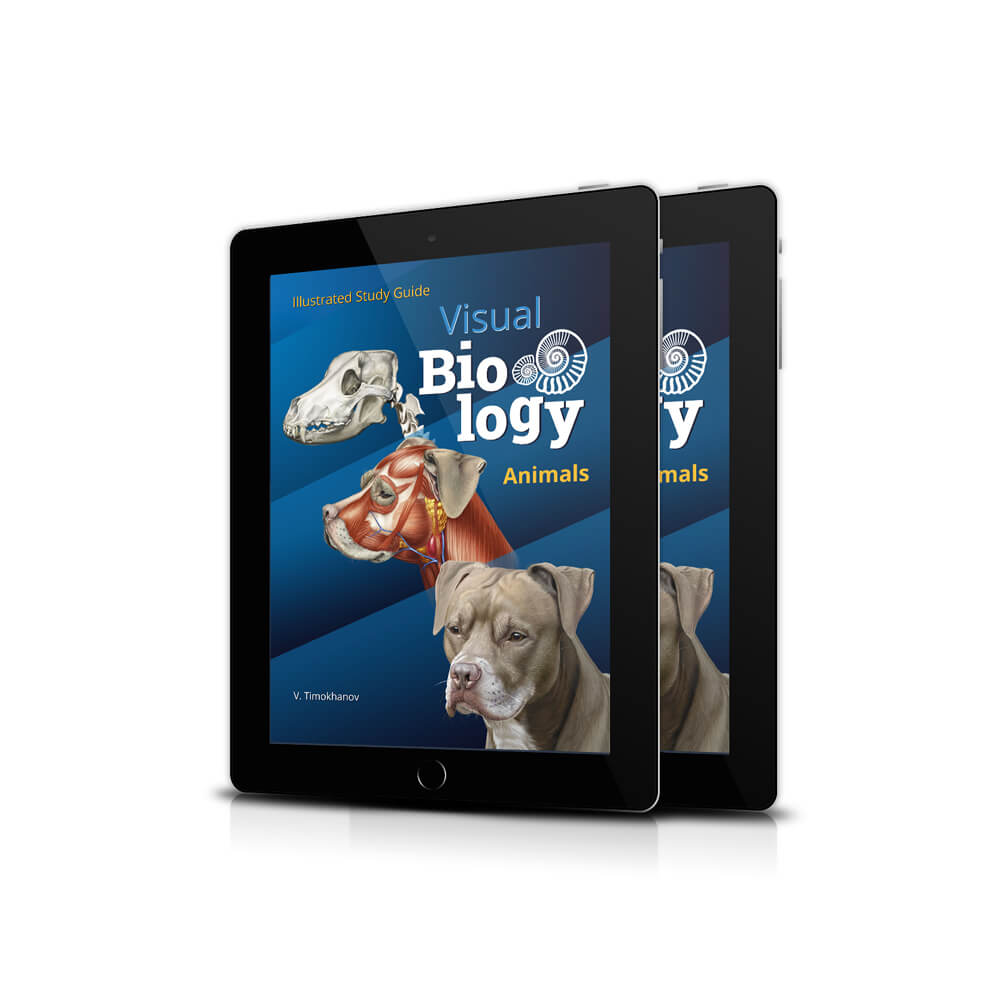VISUAL BIOLOGY
Animals
In English and Russian.
Digital and print editions,
56 pages, 758 colour illustrations
Digital drawings, text and design
Adobe Photoshop
Graphic the tablet
Adobe InDesign
About this projects
The Illustrated Study Guide contains visual information (on external and internal structure, comparative anatomy, structural details, life cycles, classification and typical representatives of orders of animals) on the subject ‘Animal Biology’ which is part of the school curriculum. The book is designed for use in the secondary education sector, in schools, lyceums, gymnasiums and colleges, as well as institutions of additional education. It is both an independent teaching tool and an additional means of visualizing material presented in textbooks on the subject. The Guide was created through consultation with a number of specialists in the field. It has a clear structure that contributes to a systemic understanding of information, which in turn enhances learning.
Illustrated Study Guide featuring more than 750 illustrations (drawings).


CONTENTS
THE EVOLUTIONARY TREE OF THE ANIMAL WORLD
The numbers of species
Sarcomastigophora
Ciliates
Sporozoa
Hydrozoa
Scyphozoa
Anthozoa
Flatworms
Round worms
Annelids
Gastropods
Bivalve
Cephalopods
Crustaceans
Arachnids
Insects
Echinoderm classes
Starfish
Ambulacral system
Lancelets
Cyclostomes
Cartilaginous fishes
Bony fishes
Amphibians
Reptiles
Birds
Mammals

Digital accurate, scientifically reliable drawings with captions to them clearly show the material.

CILIATES
PARAMECIUM
Diagram of structure and method of feeding
At the bottom of the gullet, a digestive vacuole is formed in the cytoplasm, separated from the gullet and swept by the cytoplasmic current. Food is digested and absorbed here. Undigested food is ejected through the anal pore.
Feeds on bacteria and unicellular algae




Beetle body parts
HEAD
thorax
ABDOMEN




Cockchafer
(Melolontha sp.)

Fish body shape

tail
torso
head
GENERAL EXTERNAL STRUCTURE OF FISH



VIPERIDAE
CHORDATES
Some orders of reptiles and their representatives


At the tip of the muzzle there is a characteristically soft outgrowth 3-5 mm long
Horned viper (Vipera ammodytes)

Armenian viper (Montivipera raddei)

VIPERIDAE

Montpellier snake (Malpolon monspessulanus)

Large fangs with external groove
COLUBRIDAE

PASSERIFORMES
CHORDATES
Some orders of birds and their representatives


Great tit (Parus major)
Eurasian magpie (Pica pica)





Common crane (Grus grus)
GRUIFORMES
Eurasian eagle-owl (Bubo bubo)
STRIGIFORMES
ANSERIFORMES
Mallard (Anas platyrhynchos)
ACCIPITRIFORMES
Northern goshawk (Accipiter gentilis)


EXTERNAL STRUCTURE
MUSCLE
INTERNAL STRUCTURE
SKELETON
STRUCTURE OF THE MAMMALIAN
German shepherd

View digital and print versions of this project on
Buy all versions of the project on
CARNIVORA


A tiger (Panthera tigris) fights an Asian black bear or white-chested bear (Ursus thibetanus)
A white spot is characteristic
PRIMATES

Western gorilla (Gorilla gorilla)
CARNIVORA

Young fox
Red fox (Vulpes vulpes)
PERISSODACTYLA
Przewalski’s horse (Equus ferus przewalskii)

Onager (Equus hemionus)
CETARTIODACTYLA

Moose (Alces alces)
CETARTIODACTYLA

Siberian ibex (Capra sibirica)
RODENTIA
CHORDATES
Some orders of mammals and their representatives
Red squirrel (Sciurus vulgaris)

Winter coat
Summer coat
Together we create the perfect





